- Home
- Dandi Daley Mackall
Unhappy Appy Page 10
Unhappy Appy Read online
Page 10
Chestnut—A horse with a coat colored golden yellow to dark brown, sometimes the color of bays, but with same-color mane and tail.
D ring—The D-shaped, metal ring on the side of a horse’s halter.
English Riding—The style of riding English or Eastern or Saddle Seat, on a flat saddle that’s lighter and leaner than a Western saddle. English riding is seen in three- gaited and five-gaited Saddle Horse classes in horse shows. In competition, the rider posts at the trot and wears a formal riding habit.
Gait—Set manner in which a horse moves. Horses have four natural gaits: the walk, the trot or jog, the canter or lope, and the gallop. Other gaits have been learned or are characteristic to certain breeds: pace, amble, slow gait, rack, running walk, etc.
Gelding—An altered male horse.
Hackamore—A bridle with no bit, often used for training Western horses.
Halter—Basic device of straps or rope fitting around a horse’s head and behind the ears. Halters are used to lead or tie up a horse.
Leadrope—A rope with a hook on one end to attach to a horse’s halter for leading or tying the horse.
Lipizzaner—Strong, stately horse used in the famous Spanish Riding School of Vienna. Lipizzaners are born black and turn gray or white.
Lunge line (longe line)—A very long lead line or rope, used for exercising a horse from the ground. A hook at one end of the line is attached to the horse’s halter, and the horse is encouraged to move in a circle around the handler.
Mare—Female horse.
Morgan—A compact, solidly built breed of horse with muscular shoulders. Morgans are usually reliable, trustworthy horses.
Mustang—Originally, a small, hardy Spanish horse turned loose in the wilds. Mustangs still run wild in protected parts of the U.S. They are suspicious of humans, tough, hard to train, but quick and able horses.
Paddock—Fenced area near a stable or barn; smaller than a pasture. It’s often used for training and working horses.
Paint—A spotted horse with Quarter Horse or Thoroughbred bloodlines. The American Paint Horse Association registers only those horses with Paint, Quarter Horse, or Thoroughbred registration papers.
Palomino—Cream-colored or golden horse with a silver or white mane and tail.
Palouse—Native American people who inhabited the Washington–Oregon area. They were hightly skilled in horse training and are credited with developing the Appaloosas.
Pinto—Spotted horse, brown and white or black and white. Refers only to color. The Pinto Horse Association registers any spotted horse or pony.
Przewalski—Perhaps the oldest breed of primitive horse. Also known as the Mongolian Wild Horse, the Przewalski Horse looks primitive, with a large head and a short, broad body.
Quarter Horse—A muscular “cowboy” horse reminiscent of the Old West. The Quarter Horse got its name from the fact that it can outrun other horses over the quarter mile. Quarter Horses are usually easygoing and good-natured.
Rear—To suddenly lift both front legs into the air and stand only on the back legs.
Roan—The color of a horse when white hairs mix with the basic coat of black, brown, chestnut, or gray.
Sorrel—Used to describe a horse that’s reddish (usually reddish-brown) in color.
Stallion—An unaltered male horse.
Standardbred—A breed of horse heavier than the Thoroughbred, but similar in type. Standardbreds have a calm temperament and are used in harness racing.
Tack—Horse equipment (saddles, bridles, halters, etc.).
Thoroughbred—The fastest breed of horse in the world, they are used as racing horses. Thoroughbreds are often high-strung.
Tie short—Tying the rope with little or no slack to prevent movement from the horse.
Trakehner—Strong, dependable, agile horse that can do it all—show, dressage, jump, harness.
Western Riding—The style of riding as cowboys of the Old West rode, as ranchers have ridden, with a traditional Western saddle, heavy, deep-seated, with a raised saddle horn. Trail riding and pleasure riding are generally Western; more relaxed than English riding.
Wind sucking—The bad, and often dangerous, habit of some stabled horses to chew on fence or stall wood and suck in air.
Dandi Daley Mackall grew up riding horses, taking her first solo bareback ride when she was three. Her best friends were Sugar, a Pinto; Misty, probably a Morgan; and Towaco, an Appaloosa; along with Ash Bill, a Quarter Horse; Rocket, a buckskin; Angel, the colt; Butch, anybody’s guess; Lancer and Cindy, American Saddlebreds; and Moby, a white Quarter Horse. Dandi and husband, Joe; daughters, Jen and Katy; and son, Dan (when forced) enjoy riding Cheyenne, their Paint. Dandi has written books for all ages, including Little Blessings books, Degrees of Guilt: Kyra’s Story, Degrees of Betrayal: Sierra’s Story, Love Rules, and Maggie’s Story. Her books (about 400 titles) have sold more than 4 million copies. She writes and rides from rural Ohio.
Visit Dandi at www.dandibooks.com

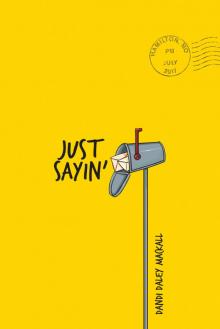 Just Sayin'
Just Sayin'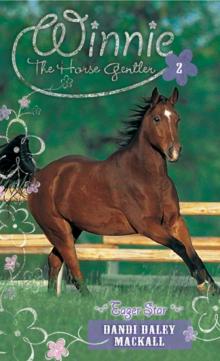 Eager Star
Eager Star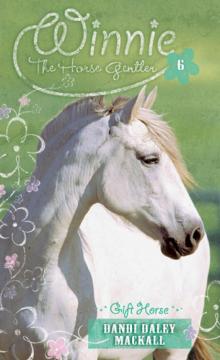 Gift Horse
Gift Horse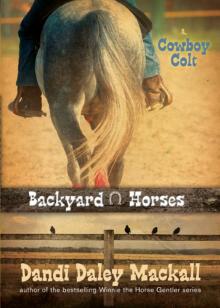 Cowboy Colt
Cowboy Colt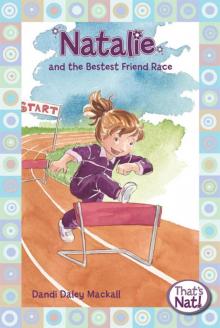 Natalie and the Bestest Friend Race
Natalie and the Bestest Friend Race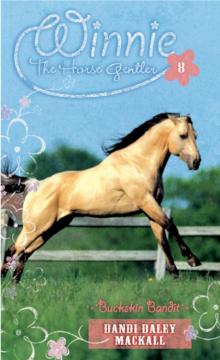 Buckskin Bandit
Buckskin Bandit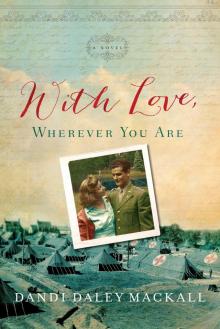 With Love, Wherever You Are
With Love, Wherever You Are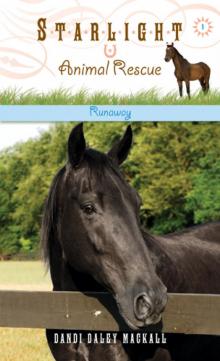 Runaway
Runaway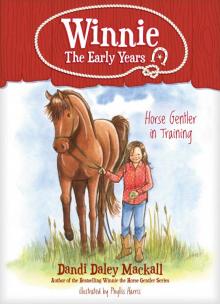 Horse Gentler in Training
Horse Gentler in Training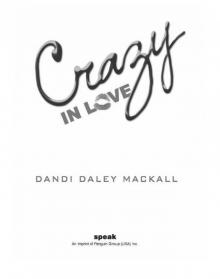 Crazy in Love
Crazy in Love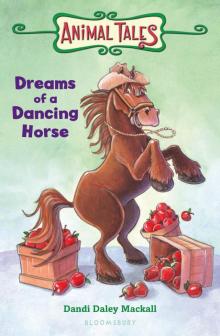 Dreams of a Dancing Horse
Dreams of a Dancing Horse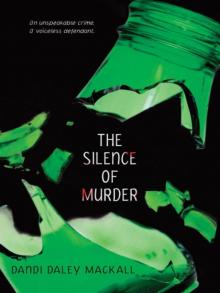 The Silence of Murder
The Silence of Murder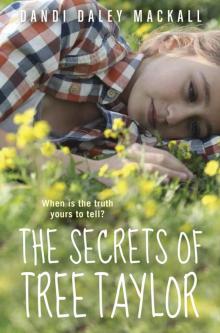 The Secrets of Tree Taylor
The Secrets of Tree Taylor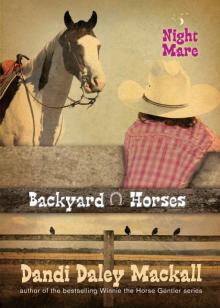 Night Mare
Night Mare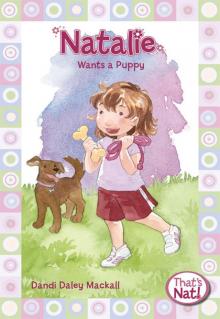 Natalie Wants a Puppy
Natalie Wants a Puppy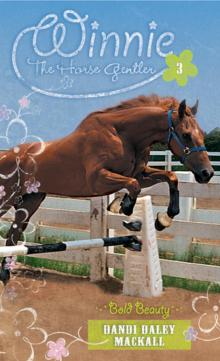 Bold Beauty
Bold Beauty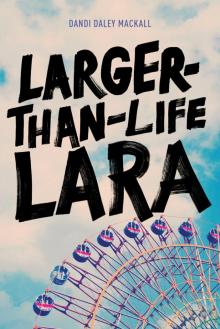 Larger-Than-Life Lara
Larger-Than-Life Lara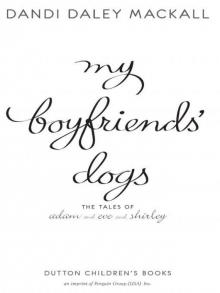 My Boyfriends' Dogs
My Boyfriends' Dogs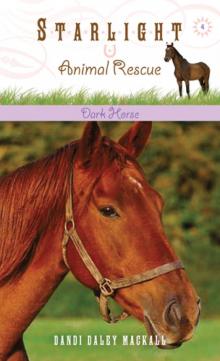 Dark Horse
Dark Horse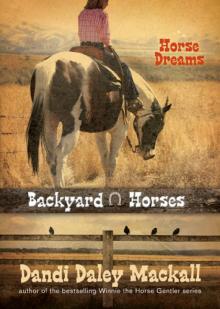 Horse Dreams
Horse Dreams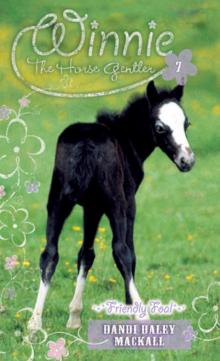 Friendly Foal
Friendly Foal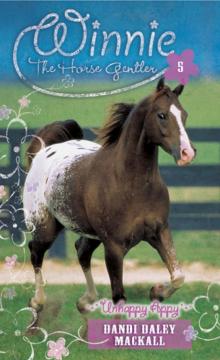 Unhappy Appy
Unhappy Appy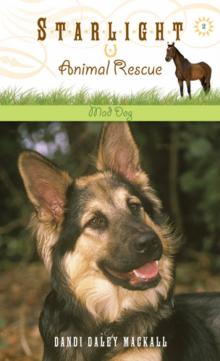 Mad Dog
Mad Dog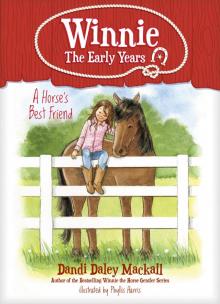 A Horse's Best Friend
A Horse's Best Friend